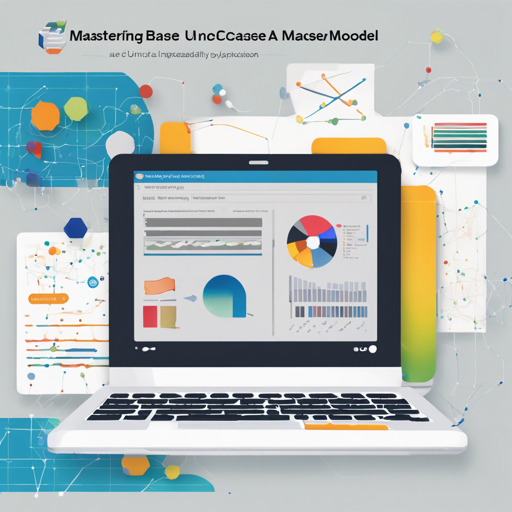Are you ready to dive into the world of BERT (Bidirectional Encoder Representations from Transformers)? In this guide, we’ll explore how to leverage the powerful BERT base model (uncased) on the English language, primarily pretrained using a masked language modeling (MLM) objective. Whether you’re an AI enthusiast or a seasoned developer, this guide is designed to be your go-to resource.
Understanding BERT: An Analogy
Think of BERT as an advanced library system. In this library, books represent sentences, and the library system’s job is to understand the relationships between these books. Just as a librarian can infer which books are likely to come next based on previous checks, BERT learns the context of words and sentences by observing a large number of books (raw texts).
- Masked Language Modeling (MLM): Imagine a game where some words in a book are covered, and the librarian has to guess them based on the remaining context. BERT does exactly this by masking up to 15% of the words and trying to predict them.
- Next Sentence Prediction (NSP): Now, consider that sometimes two books are placed next to each other. The librarian must decide if the books relate to each other sequentially. BERT learns this relationship, allowing it to understand context better.
Getting Started: Using BERT
Now that you understand the basics of BERT, it’s time to implement it! Below is a simple guide on how to use the BERT model for masked language modeling and feature extraction:
1. Using BERT for Masked Language Modeling
To get started with the BERT model directly, you can use the pipeline feature in Python. This is how it’s done:
from transformers import pipeline
unmasker = pipeline('fill-mask', model='bert-base-uncased')
unmasker("Hello I'm a [MASK] model.")This snippet replaces `[MASK]` with the most probable words it predicts, allowing for context-aware language modeling.
2. Feature Extraction in PyTorch
If you prefer feature extraction in PyTorch, here’s how:
from transformers import BertTokenizer, BertModel
tokenizer = BertTokenizer.from_pretrained('bert-base-uncased')
model = BertModel.from_pretrained('bert-base-uncased')
text = "Replace me by any text you'd like."
encoded_input = tokenizer(text, return_tensors='pt')
output = model(**encoded_input)This will generate features that can be used for various downstream tasks.
3. Feature Extraction in TensorFlow
For TensorFlow users, you can do the following:
from transformers import BertTokenizer, TFBertModel
tokenizer = BertTokenizer.from_pretrained('bert-base-uncased')
model = TFBertModel.from_pretrained('bert-base-uncased')
text = "Replace me by any text you'd like."
encoded_input = tokenizer(text, return_tensors='tf')
output = model(encoded_input)This snippet is ideal for TensorFlow projects aiming to leverage BERT’s features.
Troubleshooting & Considerations
While using BERT can open up many opportunities, it’s crucial to be aware of some limitations and potential biases:
- Bias: Despite being pretrained on a diverse dataset, BERT can yield biased predictions. Take care to evaluate outputs when working with sensitive topics.
- Task-Specific Fine-Tuning: BERT excels when fine-tuned for specific tasks. It’s primarily intended for tasks that require understanding and classifying sentences.
For more insights, updates, or to collaborate on AI development projects, stay connected with fxis.ai.
Conclusion
The BERT base model opens up limitless possibilities for natural language processing tasks. By understanding its mechanisms and how to implement it effectively, you’ll be well-placed to tackle a variety of projects. At fxis.ai, we believe that such advancements are crucial for the future of AI, as they enable more comprehensive and effective solutions. Our team is continually exploring new methodologies to push the envelope in artificial intelligence, ensuring that our clients benefit from the latest technological innovations.

